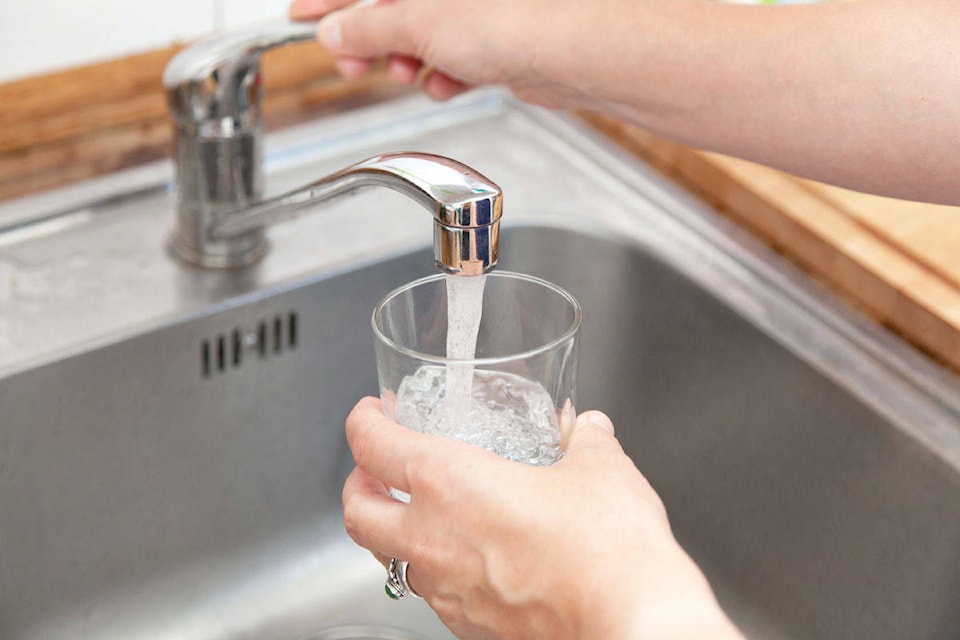Lead contamination in several cities across Canada has been found to be consistently higher than it ever was in Flint, Michigan, according to an investigation that tested drinking water in hundreds of homes and reviewed thousands more previously undisclosed results.
Prince Rupert is among the list with 84 per cent of the homes sampled having higher amounts of lead in the drinking water than is deemed safe by federal guideline standards.
The yearlong investigation was conducted by more than 120 journalists from nine universities, including the University of British Columbia, and 10 media organizations, who collected test results that properly measure exposure to lead in 11 cities across Canada.
According to the World Health Organization, “there is no level of exposure to lead that is known to be without harmful effects.” However, by Health Canada’s guidelines, the acceptable amounts of lead in drinking water is 5 parts per billion (ppb).
The data from the collaborative investigative project showed that Prince Rupert’s drinking water contained 14.1 ppb (with a median of 9.9. ppb) on average, while Flint’s water contained 10.5 ppb (median of 3.5 ppb).
The City of Prince Rupert is claiming that these results are inaccurate and do not give the whole picture.
READ MORE: Investigation: Lead in some Canadian water worse than Flint
“The data sets they used were all first flush tests and can be misrepresentative,” said Veronika Stewart, the city’s communication manager. “They don’t show you what the average consumption of lead is during the course of the day. So in reality in someone’s home, they are using the water and after the first flush clears the lead, levels drop below the maximum acceptable levels of concentration in most cases.”
A first flush is when the water is tested right after it is left to sit in the pipes overnight without letting it run before testing.
In August the city released information to the public reminding them to run their taps before drinking water, following a first flush test that found residential homes were above acceptable levels.
Ten out of 60 homes were found to have elevated levels in the water quality test conducted in conjunction with Northern Health.
Secondary testing is currently being done to test the water after flushing.
READ MORE: Elevated levels of lead found in homes after City of Prince Rupert tests first flushing
“We did first flush where there were people that were above which is what you would expect when the water’s been sitting. So now we are making sure once you do flush it is effective,” Stewart added.
Data from the investigative project showed that after a two-minute flush, Prince Rupert’s average ppb dropped to 2.8 (with a median of 2.3) while Flint’s average ppb remained higher with an extra minute of added flushing at 3.7 (although with a lower median of 0.5).
The city said the issue is from aged homes in Prince Rupert built before the 1990s which may still have lead pipes, and that there are no municipal lead service lines in the city.
The city expects that the new water treatment facility will help balance the pH levels in the water reducing the problem.
Residents who may have lead in their pipes should run the water until it is cold, indicating a flow of water that has not been sitting in the pipes.
READ MORE: City of Prince Rupert announces $22M for water treatment project
with files from Canadian Press
Jenna Cocullo | Journalist
Jenna Cocullo
Send Jenna email
Like the The Northern View on Facebook
Follow us on Twitter
